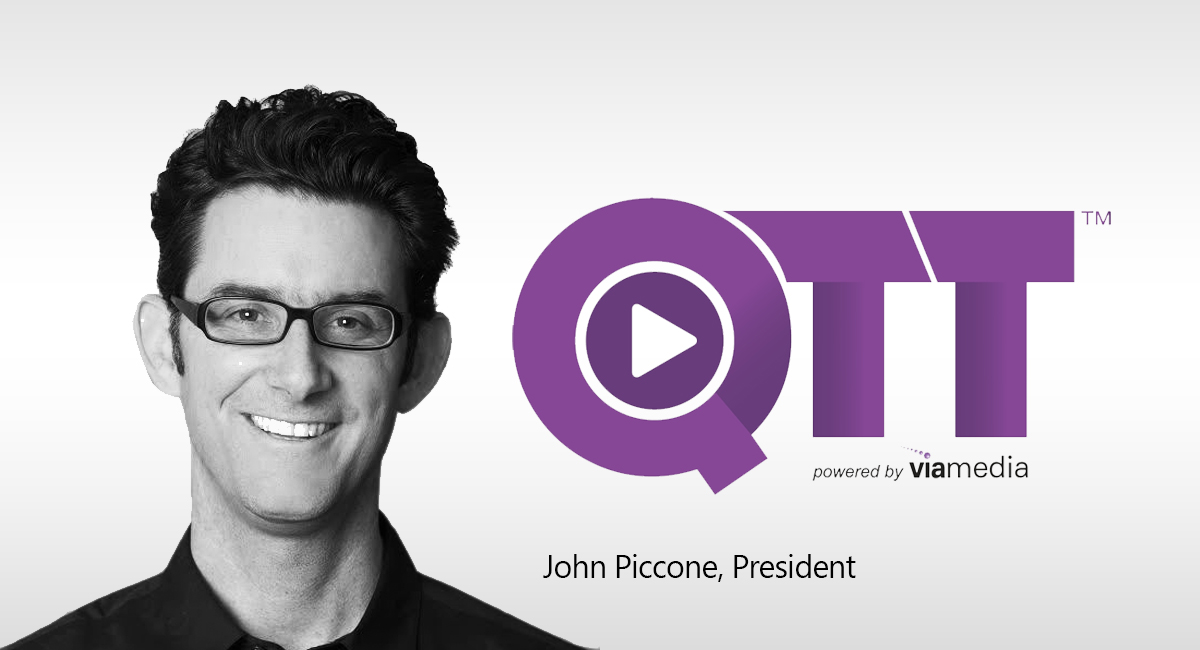-
By John Piccone, President QTT®, a division of Viamedia
Published on Independent Communications News April 28, 2021
There is a whole new generation of advertising buyers and sellers who have fallen in love with the features of advertising technology without understanding the marketing objectives that drive media decisions.
To the digital buyer, critical metrics of success live in the headers of their analytics reports which represent bottom funnel metrics. Absent are traditional building block metrics that live in media mix modeling that have guided marketer’s media decisions for decades.
Nowhere is this more apparent than video advertising. Today a marketer can place its video advertising in many places: Linear TV, Connected TV, Desktop, Mobile and Digital Out of Home. But for decades, the lion’s share of video advertising share has gone to linear TV. Why is that? Simple…
TV Advertising Works
And advertisers know TV works. They may not have real time dynamic ad serving reporting, but decades of trial and error have shown TV works and as time passes the linear TV attribution game is only getting better. Correlations based on ad occurrence and website or mobile traffic generates millions of data points to give marketers even better insights on the value of TV.
Measurement Favors the TV Advertiser
A viewer must watch an average of 5 minutes of the TV program to be counted, even though many more people sample a TV show. Compare that to an online video ad that needs to be visible for only 2 seconds.
TV’s pricing can’t be beat.
Marketers have relied on Nielsen’s household sample to measure television viewership for decades. Most linear buys are against a broad demo group (Adults 25-54, Women 18+, etc) These Nielsen demos are priced by the sellers based on demand, supply and historical rate cards. This is no different if a digital buyer wants to buy a broad demo on YouTube or CTV. However, the key difference is that on TV you pay only for those audiences in that purchased demo. So due to the “spill” nature of TV the advertiser also gets everyone else who watch its ads, for free. Whereas with online video, thanks to dynamic ad serving only the purchased target audience sees the ad. If we run the advertising math, a TV Demo CPM of $20 on TV is actually a tiny fraction of that when you factor all the people who saw the ad. And for marketers who are building a brand, every eyeball counts. On the other hand, digital video CPMs remains static, or actually increase in the case of fraud or bot traffic.
Are there many benefits that digital video advertising offers that TV cannot? Of course. But it’s still clear that the cost of media, coupled with the advertiser-friendly measurement standards, is very hard to beat TV.
Inevitably the linear and digital worlds will collide. Marketers can now buy TV programmatically when it meets both buyer and seller objectives. Spoils will go to those who can understand linear and digital measurement and pricing metrics. Visit https://viamediatv.com.






